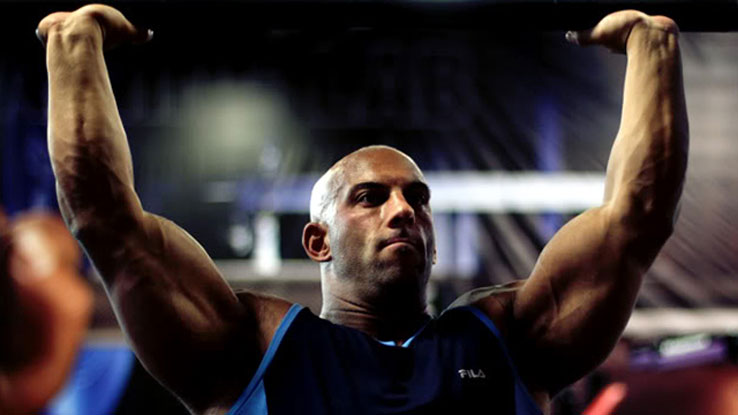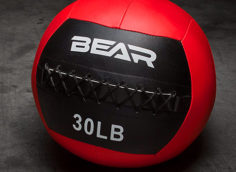Let's look at the three types of core strength:
- Isometric: Holding a certain position for time with tension.
- Anti-Rotational: Being able to resist an external force trying to pull you out of position.
- Rotational/Moving: Being able to maintain controlled bracing with movement.
Failure to practice any one of these regularly is what sends your body into aches-and-pains mode, and will ultimately hinder your training at some point.
You probably already include the isometric component. Maybe you do planks, but you also use isometrics during your heavy, slower lifts (squats, deadlifts, and presses) where your core stays static and stable throughout. Anti-rotational work, like the Pallof press, is often part of warm-ups and accessory work.
So what about rotational core strength? Your body has the ability to bend and twist in many different ways, and it's easy to miss out when you become too obsessed with specific exercises and not principles of movement.
What makes great athletes great is their ability to execute their strength regardless of the situation. If you've ever tried wrestling or grappling you realized very quickly you need to be crazy strong in many strange positions. It's a totally different kind of strength that often gets lost when you're focusing so much on forwards, backwards, up, and down. Even throwing a medicine ball against the wall only works you in a limited rotational range.
Enter the Resistance Band!
This isn't just another quick five-minute core fix. It's a principle of how your body moves. You want to teach yourself what it feels like to move in all these random directions. Teach your body the difference between using your own muscles and simply relying on structure or external force.
- Anchor one end of the band to something. Set a timer for 5-10 minutes.
- Rotate and move, keeping a small amount of tension in your core. Test yourself in as many different ways as you can for an extended period of time.
- Think about what you're trying to achieve with each movement (resisting, holding, breathing etc.) and teach your body the difference between twisting the spine and actually using your abdominals to rotate. The more you practice it, the more your body will do these things naturally without you having to think.
- Whatever you try on one side, try it the exact same way on the other. And if you notice you find it harder on one side, congratulations! You've just invented your own corrective exercise tailored exactly for you.
- Do this three times per week at the start of your sessions and you'll really start to fill the gaps in your core training.




